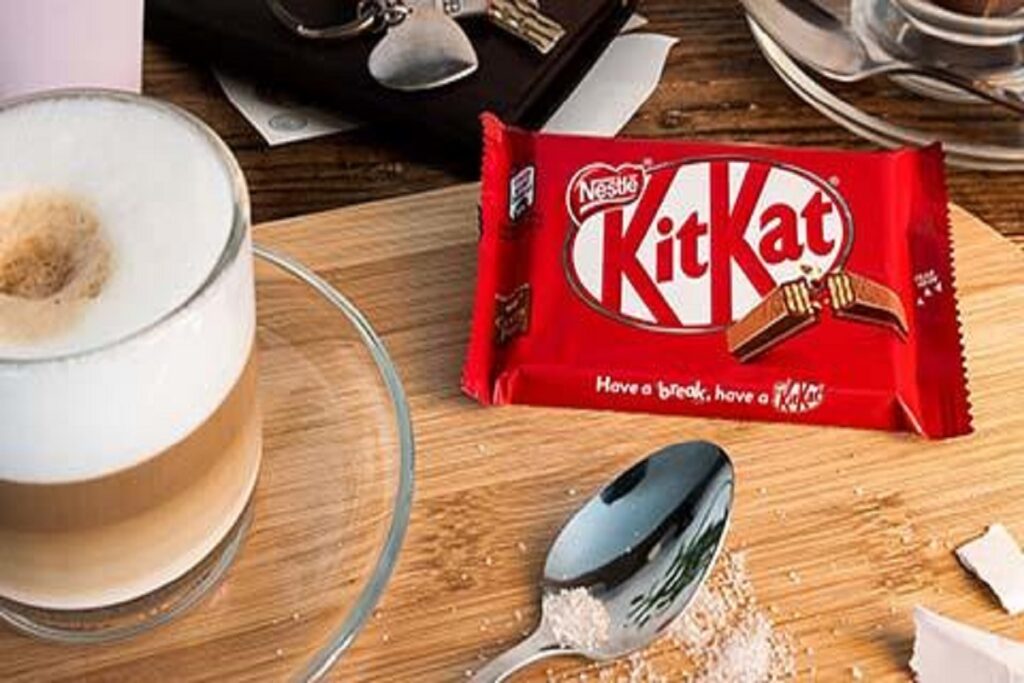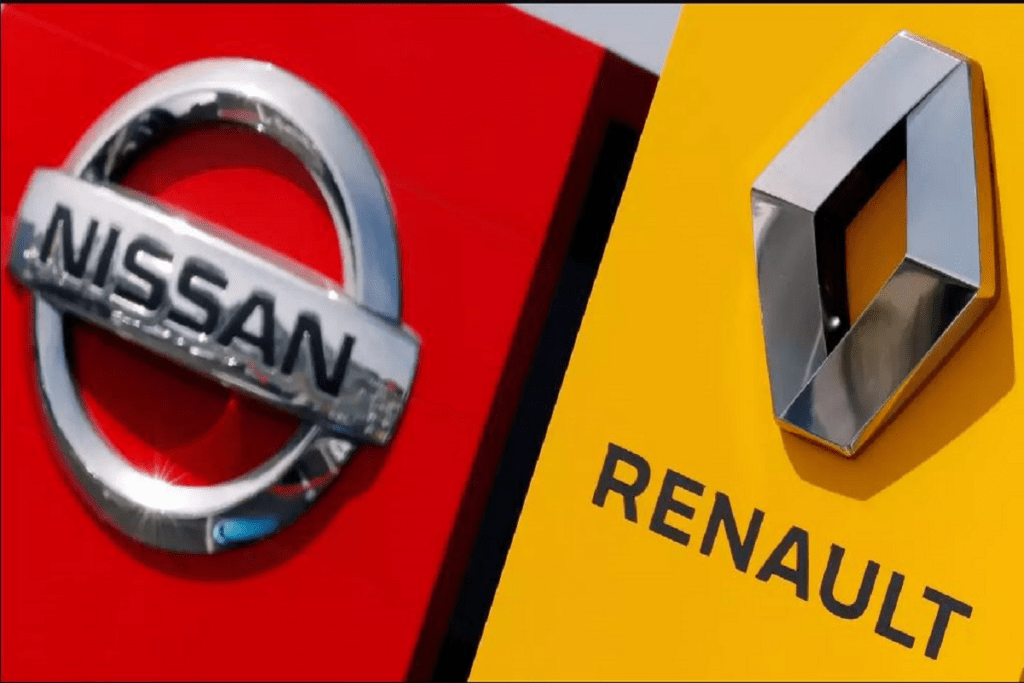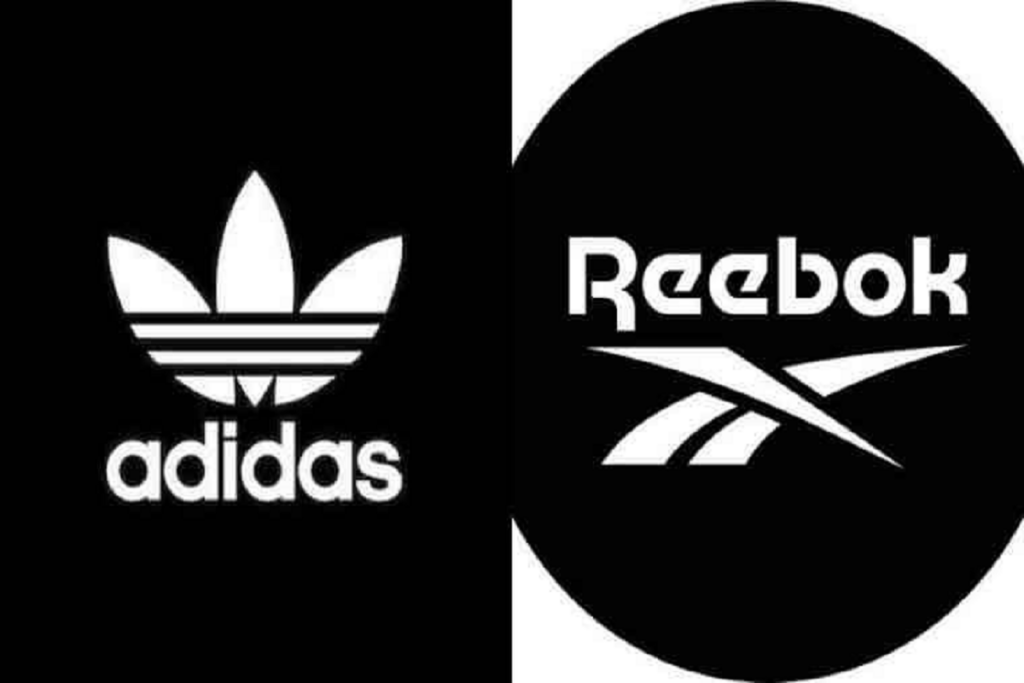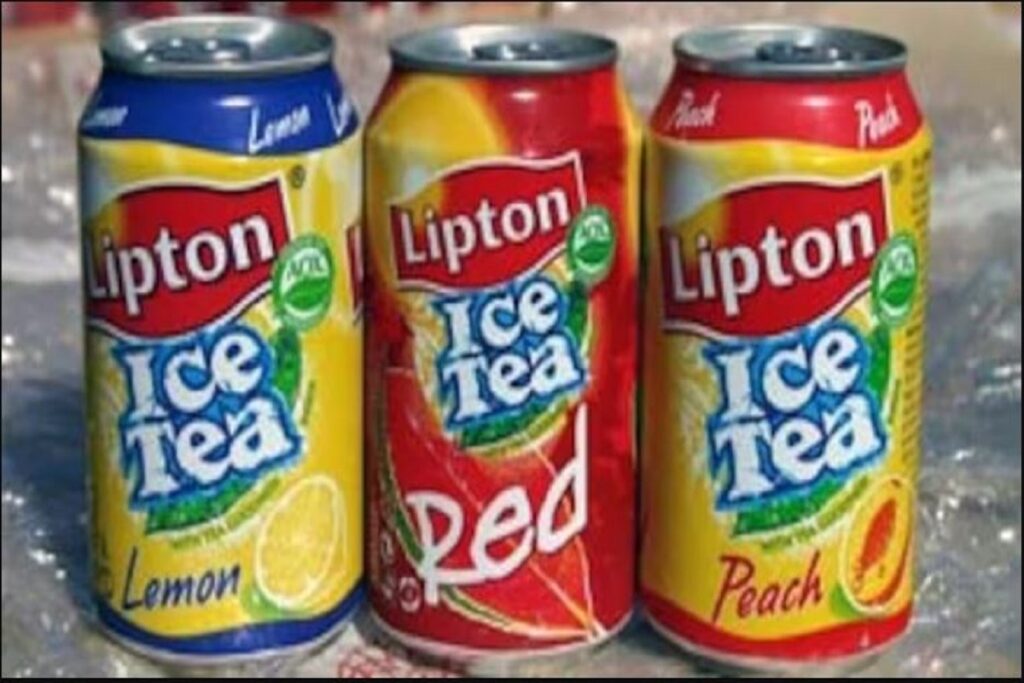Introduction
Mixed Branding: Branding can be a make or break deal when it comes to the success of a company. A strong brand identity can make a product stand out in a saturated market, while a weak or inconsistent brand can result in a lack of customer loyalty and ultimately, lost revenue. But what if a company has multiple products or services that require separate branding strategies? Enter mixed branding. In this article, we will explore some of the most successful examples of mixed branding and how these companies have navigated the challenge of maintaining a cohesive brand identity while also promoting distinct product lines. Get ready to be inspired by these innovative approaches to branding!
Definition of Mixed Branding
Simply put, Mixed branding is a branding strategy where a company offers a range of products or services under multiple brand names, rather than through a single brand.
Academically, Mixed branding is a strategy that allows firms to utilize different brand names to market different products within a specific product category, while still maintaining a positive image among consumers (Methyl, 2020).
Mixed branding is a branding strategy where a corporation offers different product lines using different brand names, but maintains a certain level of consistency across these sub-brands, while at the same time ensuring their uniqueness is highlighted (Kaschek & Piller, 2013).
15 Mixed Branding Examples
Nestle Kit-Kat

Year: 1935
Strategy: Kit-Kat is a chocolate wafer bar that is produced by Nestle. This mixed branding product was originally created by Rowntree’s in the UK. In 1988, Rowntree’s was acquired by Nestle and since then Kit-Kat has become a global brand, sold in over 80 countries. The “Have a Break, Have a Kit-Kat” slogan has helped to create customer loyalty and recognition, while the brand has also been co-branded with other products, such as ice cream and coffee.
Advantages: Kit-Kat has been successful in creating brand recognition and customer loyalty through its catchy slogan and consistent marketing campaigns. According to Statista, Kit-Kat was the top selling chocolate bar in the United Kingdom in 2020, with a brand value of $153.3 million.
Nissan-Renault Alliance

Year: 1999
Strategy: Nissan and Renault formed an alliance in 1999 in order to compete with larger, global auto manufacturers. The companies maintain their own brand identities, but share resources to develop new technology and products. This partnership has enabled them to expand their reach into new markets and create more efficient production processes.
Advantages: The Renault-Nissan Alliance has been successful in optimizing their global reach and creating economies of scale. In 2019, the Alliance sold more than 10.8 million vehicles globally and was ranked as the fourth largest car manufacturer in the world by volume, according to CarsGuide.
Adidas-Reebok

Year: 2005
Strategy: In 2005, Adidas acquired Reebok in a bid to compete with Nike. Reebok’s focus on fitness and Adidas’ focus on sports complemented each other well and the companies have maintained separate brand identities while sharing resources, such as manufacturing and distribution.
Advantages: The Adidas-Reebok merger has allowed Adidas to broaden its scope and appeal, particularly in North America where Reebok has a strong presence. In 2020, Reebok reported revenues of $1.7 billion, an increase of 3% compared to the previous year, according to Statista.
Co-branded credit cards (e.g. Costco Visa)
Year: Ongoing
Strategy: Co-branded credit cards are credit cards that are offered in partnership with two companies. For example, the Costco Visa card is offered in conjunction with Citigroup and allows customers to earn rewards for shopping at Costco, as well as other retailers.
Advantages: Co-branded credit cards allow companies to increase customer loyalty and retention, while also creating new revenue streams through credit card fees and interest charges. According to a survey conducted by The Ascent, co-branded credit card users are more likely to remain loyal to the company that offers the card and make more frequent purchases.
Starbucks-Rapperia Concept Store
Year: 2015
Strategy: In 2015, Starbucks partnered with Rapperia, a Japanese bakery chain, to create a “Starbucks Rapperia” store in Tokyo. The store combined Starbucks’ coffee offerings with Rapperia’s bakery items to create a unique experience for customers.
Advantages: The Starbucks Rapperia concept store allowed both companies to expand their reach and create a unique experience for customers. According to Adweek, the store was so successful that Starbucks and Rapperia opened a second location in Tokyo a year later.
PepsiCo-Lipton Iced Tea

Year: Ongoing
Strategy: PepsiCo and Lipton, a subsidiary of Unilever, formed a partnership to produce Lipton Iced Tea. The partnership allows both companies to leverage their strengths: Lipton’s tea expertise and PepsiCo’s extensive distribution network.
Advantages: The PepsiCo-Lipton Iced Tea partnership has enabled both companies to enter into a profitable new market. According to Grand View Research, the global iced tea market exceeded $8 billion in revenue in 2019.
Lululemon-Athleta
Year: Ongoing
Strategy: Lululemon and Athleta are both active wear brands, but Lululemon has a higher price point and more yoga-focused products, while Athleta is geared towards a broader range of athletic activities. The companies have both been successful in their respective markets and have created loyal followings.
Advantages: The Lululemon-Athleta mixed branding strategy has allowed both companies to expand their customer base and create more revenue streams. According to Forbes, Lululemon reported net revenues of $3.98 billion in fiscal year 2020, while Gap Inc, which owns Athleta, reported net revenue of $13.8 billion in fiscal year 2019.
Samsung-Harman
Year: 2016
Strategy: Samsung acquired Harman, a manufacturer of audio and entertainment systems, in 2016 in order to expand Samsung’s reach into the automotive and connected technology markets.
Advantages: The Samsung-Harman acquisition has allowed Samsung to broaden its offerings and create more integrated products. According to Forbes, Harman reported net sales of $7.15 billion in fiscal year 2019.
Target-Lilly Pulitzer
Year: 2015
Strategy: Target partnered with Lilly Pulitzer, an upscale fashion brand, to create a limited edition collection of apparel and home goods. The collection was promoted heavily and sold out in a matter of hours.
Advantages: The Target-Lilly Pulitzer partnership allowed Target to attract a new customer base and create an exclusive, high-end product line. According to MarketWatch, the collaboration was estimated to have generated $250 million in sales for Target.
Gatorade-Nike
Year: 2017
Strategy: Gatorade and Nike partnered together to create a new line of basketball shoes that were designed to enhance performance and reduce injury risk. The shoes featured Gatorade’s signature colors and logo.
Advantages: The Gatorade-Nike collaboration allowed both companies to leverage their respective strengths and create a new, exclusive product line. According to Gatorade, the shoes were worn by several NBA players during the 2017-2018 season.
Procter & Gamble-Crest
Year: Ongoing
Strategy: Procter & Gamble is a consumer goods company that produces a wide range of products, including Crest toothpaste. Crest has partnered with dental professionals to develop new products, such as the “Crest Pro-Health Clinical Gum Protection Toothpaste.”
Advantages: Procter & Gamble’s mixed branding strategy with Crest has allowed the company to introduce new products and improve existing ones through partnerships with dental professionals. According to Statista, Crest is one of the top selling toothpaste brands in the United States, with a market share of around 35%.
Ford-Volvo
Year: 1999
Strategy: Ford acquired Volvo’s passenger car division in 1999 in order to gain access to Volvo’s engineering expertise and expand Ford’s global reach. Both companies have maintained separate brand identities.
Advantages: The Ford-Volvo partnership allowed both companies to leverage their respective strengths and create more efficient processes. According to Statista, Ford’s global revenue in 2020 was over $127 billion.
HP-Compaq
Year: 2002
Strategy: In 2002, HP acquired Compaq in order to compete more effectively with IBM and Dell. The merger allowed the two companies to pool their resources and improve economies of scale.
Advantages: The HP-Compaq merger allowed both companies to leverage their respective strengths and become more competitive in the marketplace. According to HP, the company’s net revenue in 2020 was $56.6 billion.
7-Eleven-Doritos
Year: 2021
Strategy: 7-Eleven has partnered with Doritos to create the “Doritos Loaded Hot Dog.” The hot dog features a Doritos-flavored battered sausage with cheese sauce and Fritos corn chip topping.
Advantages: The 7-Eleven-Doritos mixed branding strategy allows both companies to create an exclusive, limited time product that is likely to generate interest and sales. According to Convenience Store News, 7-Eleven has sold over 7 million Doritos Loaded Hot Dogs since 2017.
Amazon-Whole Foods
Year: 2017
Strategy: Amazon acquired Whole Foods in 2017, integrating the grocery chain into the Amazon ecosystem. Whole Foods’ products are now available through Amazon’s website and Prime members receive discounts on Whole Foods purchases.
Advantages: The Amazon-Whole Foods acquisition has allowed Amazon to expand its reach into the grocery market and leverage Whole Foods’ reputation and customer base. According to Statista, Amazon’s net sales in 2020 were over $386 billion.
Samrat is a Delhi-based MBA from the Indian Institute of Management. He is a Strategy, AI, and Marketing Enthusiast and passionately writes about core and emerging topics in Management studies. Reach out to his LinkedIn for a discussion or follow his Quora Page

